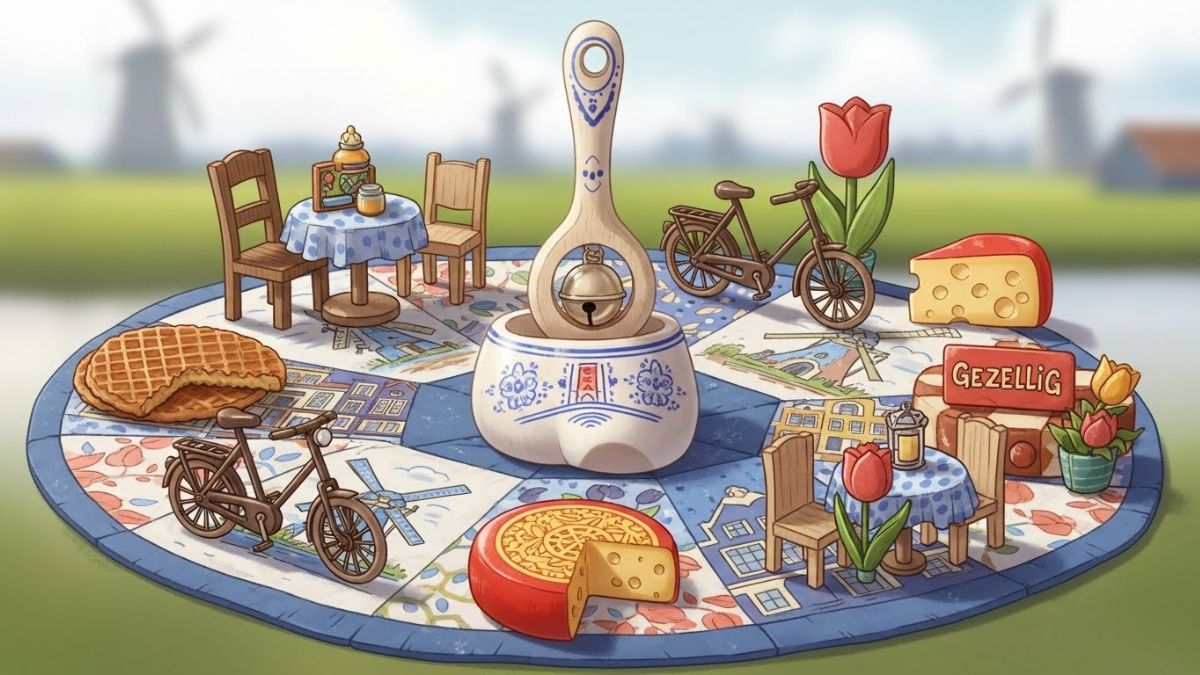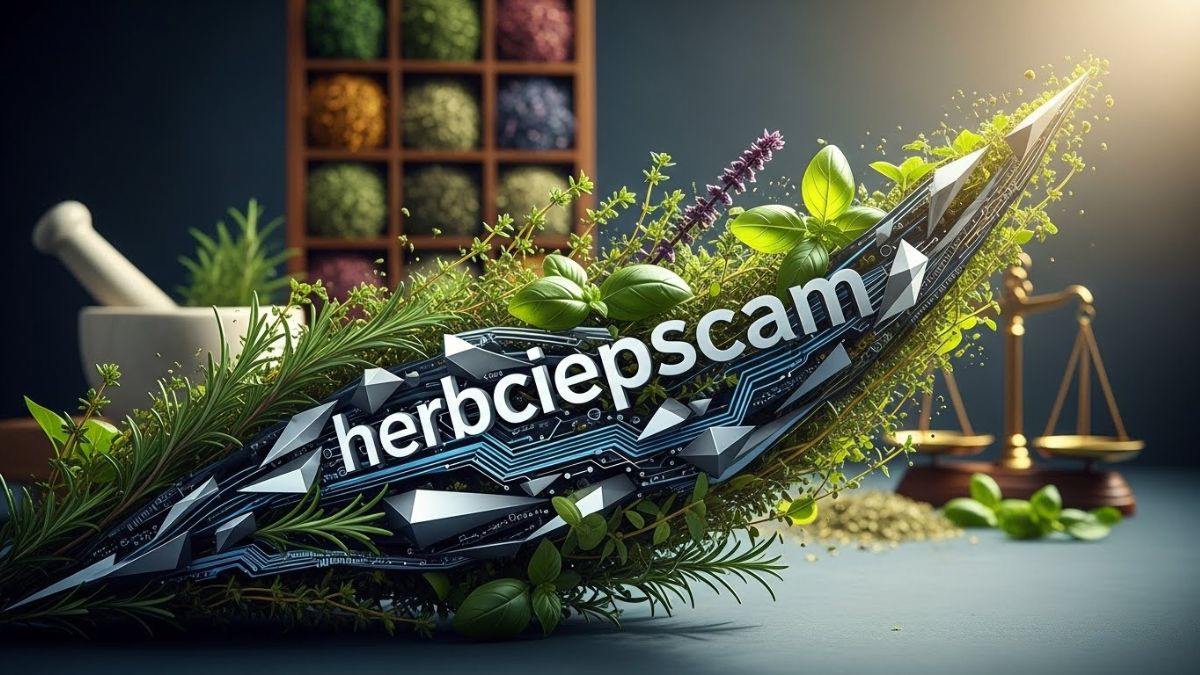The “Feast of Dionysus” is more than just an art subject—it’s a celebration of ecstasy, nature, wine, and liberation. Inspired by the Greek god Dionysus (also called Bacchus by the Romans), this theme has appeared in numerous paintings from antiquity to the Renaissance and beyond. Artists have long been fascinated by the mythological festivities associated with this god of wine, often depicting scenes filled with revelry, music, intoxication, and mythical figures like satyrs, maenads, and nymphs. This article takes you deep into the symbolic and visual world of the “Feast of Dionysus” painting and what it represents in both art and culture.
The Mythological Background of Dionysus
Dionysus is one of the most complex gods in Greek mythology. The son of Zeus and the mortal Semele, he represents duality—both joy and chaos, creation and destruction. He is associated with wine, fertility, madness, theatre, and religious ecstasy. His followers, especially the female Maenads, would partake in wild rituals known as Dionysian Mysteries. These ecstatic celebrations served as both spiritual practice and rebellion against social norms, something that artists found incredibly appealing and symbolic.
What Is the “Feast of Dionysus”?
The term “Feast of Dionysus” refers to celebrations honoring Dionysus, particularly in the form of dramatic festivals and bacchanalian revelries. In ancient Athens, the City Dionysia was a major public festival featuring theatre competitions, drinking, and parades. These feasts served as moments when society allowed itself to dissolve boundaries—between rich and poor, men and women, humans and gods.
The Artistic Allure of Dionysian Imagery
Painters have been drawn to Dionysian scenes for centuries because they provide rich opportunities for visual drama. The elements—dancing, drinking, music, divine figures, animals, and nature—make for a visually dynamic composition. The “Feast of Dionysus” paintings often appear bursting with color, movement, and emotional intensity. They blend myth with sensuality, divine presence with earthly delight.
Popular Artists Who Painted Dionysian Themes
One of the most famous artists to touch on Dionysian subjects was Titian, a Venetian Renaissance painter whose “Bacchus and Ariadne” and “The Bacchanal of the Andrians” are visual feasts of mythological indulgence. Peter Paul Rubens, a Baroque master, also painted lively scenes of Bacchanalian revelry filled with voluptuous figures and chaotic energy. Even Caravaggio, known for his intense realism and chiaroscuro, tackled Bacchus in a more subdued yet deeply emotional form.
The Elements Found in a Feast of Dionysus Painting
Most “Feast of Dionysus” themed artworks follow a few recurring visual elements:
Dionysus himself, often portrayed as a youthful man with grapevines in his hair.
Maenads, his frenzied female followers, often dancing or in ecstatic poses.
Satyrs and fauns, half-human, half-goat beings representing wild instincts.
Wine vessels, grapes, and drinking horns symbolizing intoxication and abundance.
Animals, especially panthers, donkeys, or serpents, often accompany Dionysus.
Lush landscapes, with forests and mountains serving as backdrops for the frenzy.
Symbolism in Dionysian Art
Beyond the hedonism, Dionysian art speaks to themes of freedom, spiritual awakening, feminine power, and the destructive beauty of excess. The paintings aren’t merely decorative; they embody the chaos and euphoria of life’s extremes, suggesting that surrendering to passion might bring one closer to the divine.
Feast of Dionysus in Classical Frescoes
In Pompeii and other ancient Roman sites, many wall frescoes depict Dionysian scenes. These images, found in villas and bathhouses, often include banquet settings and theater masks—symbols of transformation and altered states of consciousness. They show how deeply embedded the Dionysian mythos was in Roman domestic and spiritual life.
Modern Interpretations and Revivals
In the modern era, the Dionysian feast has been interpreted by Symbolist painters, surrealists, and even psychedelic artists. The symbolism has evolved into commentary on freedom, rebellion, and artistic inspiration. Artists like Gustav Klimt and Salvador Dalí have drawn on Dionysian themes to explore the unconscious and human desire.
Theatrical Connections to Dionysus
It’s worth noting that theatre was born from the Dionysian festival. In Athens, performances of tragedies and comedies were acts of worship. Some paintings even include masked figures or stage-like settings, suggesting the performative nature of life, illusion, and ecstasy.
Feast of Dionysus in Sculpture and Other Art Forms
Beyond painting, Dionysus appears in sculptures, mosaics, coins, and pottery. His image has adorned wine jugs, sarcophagi, and palace walls. While paintings offer fluid motion and emotional narrative, sculptures provide a more serene, sometimes idealized version of the god and his companions.
Gender and Power in Dionysian Imagery
Many Dionysian artworks subvert traditional gender roles. Dionysus himself is often portrayed with androgynous beauty, and the maenads possess a raw, untamed power. These portrayals challenge ideas of masculinity, femininity, and societal control—making them incredibly modern in tone.
Influence on Contemporary Art and Pop Culture
From theatrical performances to modern bacchanalian scenes in film, fashion, and literature, the spirit of Dionysus lives on. Designers like Alexander McQueen have referenced Dionysian chaos. Films like Black Swan carry Dionysian motifs of madness and transcendence. Even rock concerts often embody the wild freedom Dionysus represents.
The Emotional Impact of Dionysian Art
When standing before a “Feast of Dionysus” painting, viewers often feel a mix of emotions—wonder, pleasure, awe, and even unease. This is intentional. The art captures the tension between joy and destruction, pleasure and pain, inviting viewers to reflect on their own desires and boundaries.
Collecting and Displaying Dionysian Art
Collectors drawn to Dionysian themes often appreciate mythological and emotional depth in their artwork. Museums and galleries display such pieces to highlight classical heritage and explore themes of passion, human nature, and ritual. Displaying this art in modern spaces adds not just aesthetic value but also philosophical weight.
Conclusion
The “Feast of Dionysus” painting is more than a vibrant party scene. It’s a window into ancient belief, human passion, and the duality of ecstasy and destruction. It captures the essence of a god who straddles worlds—the divine and the animal, the structured and the wild. Whether seen in classical frescoes or modern reinterpretations, Dionysian art remains timeless in its message: to lose yourself, at times, is to find yourself.
FAQs
Who is Dionysus in Greek mythology?
Dionysus is the Greek god of wine, ecstasy, fertility, and theatre. He represents both joy and chaos.
What does the Feast of Dionysus painting represent?
It depicts mythological revelry, symbolizing liberation, passion, and spiritual ecstasy.
Are there famous artists who depicted Dionysian feasts?
Yes, Titian, Rubens, and Caravaggio are among the many who painted Dionysian scenes.
Why is Dionysus shown with animals and dancing women?
These elements symbolize nature, wild instincts, and the freeing of emotional and societal constraints.
How does Dionysian art influence modern culture?
It influences fashion, film, music, and literature—often as a metaphor for passion, rebellion, and self-expression.











